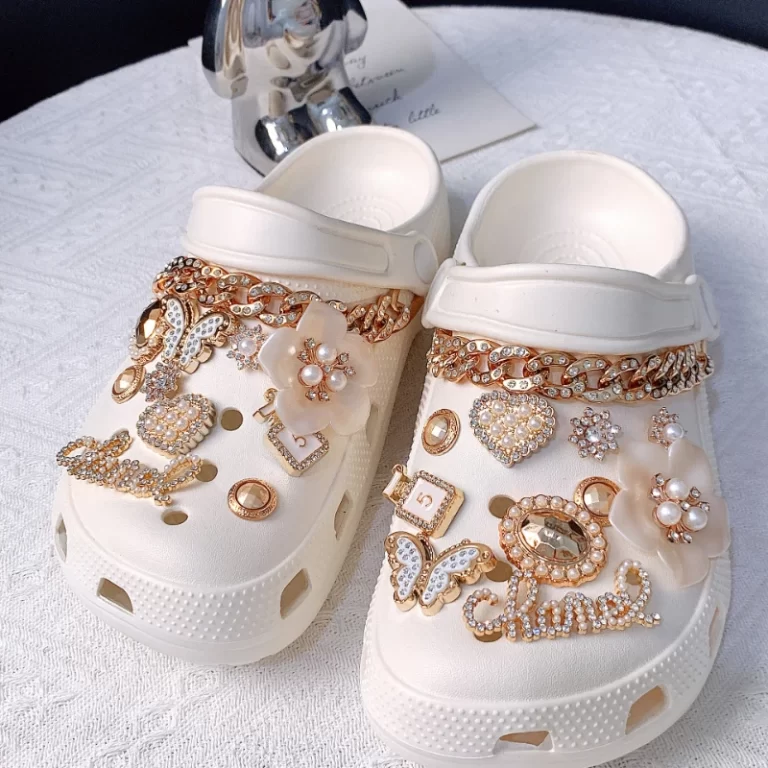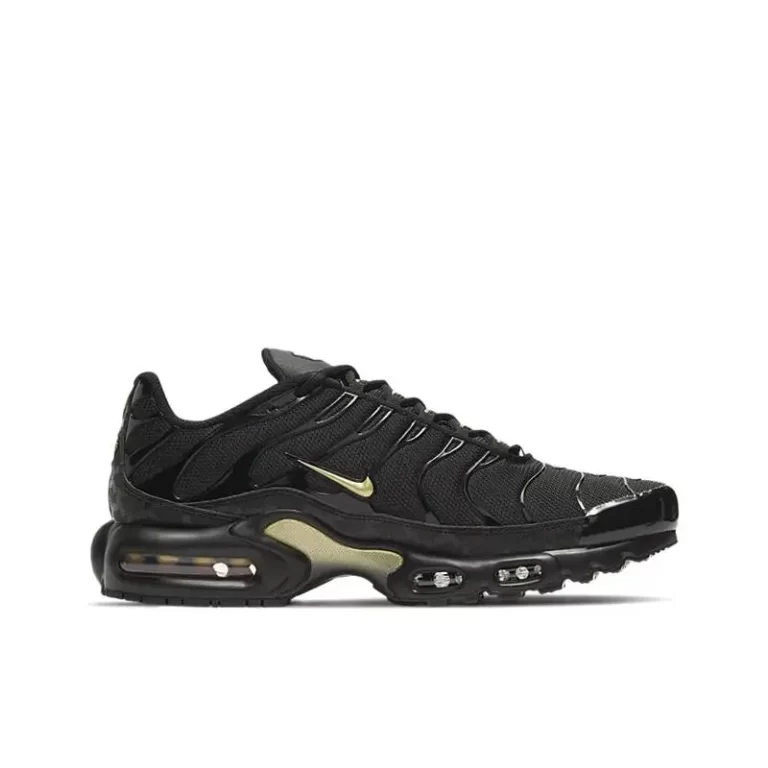Introduction to Waterproof Running Shoes
When the skies open up and the streets fill with puddles, regular running shoes just won’t cut it. This is where waterproof running shoes come to the rescue. Tailored to keep your feet dry when you’re splashing through wet weather, these specialized shoes make wet condition runs more bearable and less blister-prone. They possess a protective layer, often a membrane, that repels water efficiently.
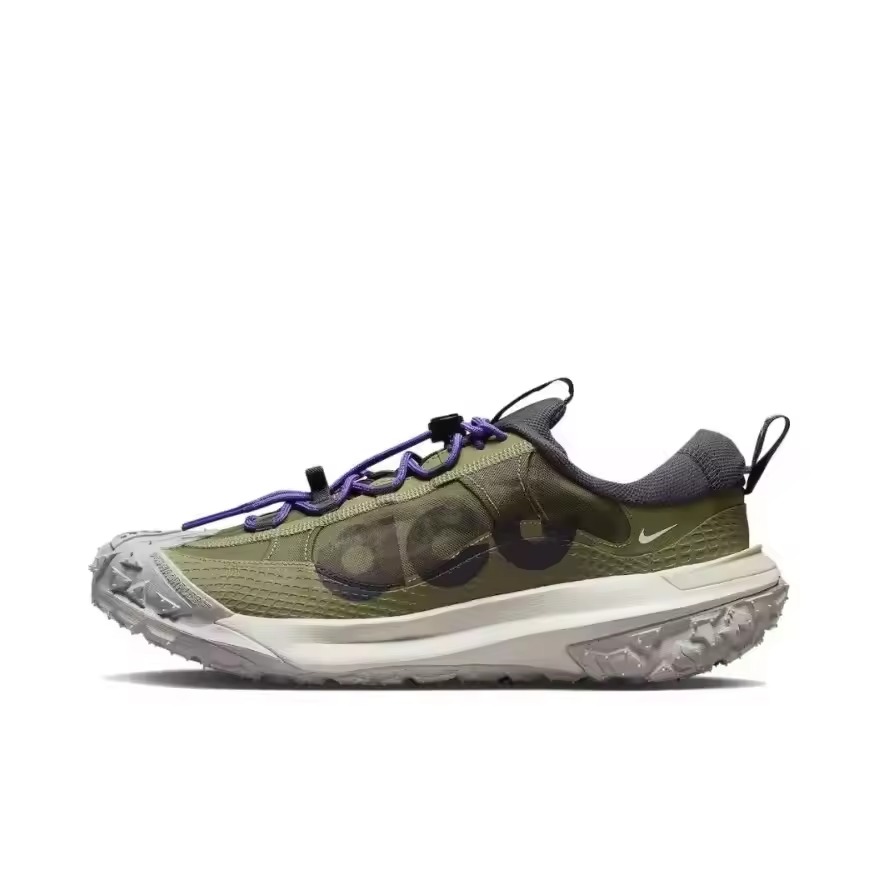
The most common and highly regarded waterproofing technology used is Gore-Tex. It’s engineered to stop water from entering yet allow moisture from sweat to escape, trying to keep feet as dry as possible. Waterproof running shoes are a game-changer for runners who don’t let rain or snow dictate their training schedule.
Overall, the goal of waterproof running shoes is to combine dryness and comfort during runs, regardless of the weather. They aim to provide similar comfort and performance to traditional running shoes, with the added benefit of a dry experience. These shoes are especially critical for trail runners who often encounter more unpredictable weather and terrain.
Top Features of Waterproof Running Shoes
Waterproof running shoes offer key features to tackle wet conditions. These include advanced materials and design elements that keep feet dry, provide traction, and offer comfort. Key features to look for include waterproof technology like Gore-Tex, a snug fit to prevent water entry, and a grippy outsole suitable for wet surfaces.
Gore-Tex Technology
Gore-Tex is the top feature in waterproof running shoes. It’s a thin membrane that blocks water from outside but lets sweat vapor out. This keeps your feet dry from external water and sweat. Many top running shoes use Gore-Tex for reliable waterproofing.
Essential Criteria for Selecting Waterproof Running Shoes
When choosing waterproof running shoes, consider these criteria:
- Waterproof Membrane: Look for Gore-Tex or similar technology.
- Fit: Make sure they fit well to prevent water from entering.
- Traction: The outsole should offer a good grip on wet surfaces.
- Breathability: Although less than non-waterproof shoes, breathability is still important.
- Durability: Look for shoes that can withstand wet conditions over time.
- Comfort: They should be comfortable for long runs, just like regular running shoes.
Remember, the best waterproof shoe will balance these features to keep you running in any weather.
Best Overall Waterproof Running Shoes
Finding the best waterproof running shoes involves weighing various factors. Comfort, durability, and grip must align with waterproof qualities. Our tests and reviews pinpoint shoes that excel in all these areas.
Pros and Cons of Leading Options
We assessed several top-performing models based on our rigorous criteria. Here’s a breakdown of the advantages and shortcomings of the best-rated waterproof runners.
Nike Pegasus Trail 5 GTX stands out for overall excellence. Lightweight and agile, it has a high-quality Gore-Tex membrane and ReactX midsole foam for comfort. However, it offers limited breathability and might pose ankle instability for some.
Hoka Clifton 9 GTX delivers especially for road runners. It is noted for exceptional cushioning and stability with a durable outsole. Its toebox, though, may be narrow for some runners.
Hoka Challenger 7 GTX is a top pick for road-to-trail versatility. It boasts great cushioning and stability, but is not the best choice for wide feet.
Hoka Speedgoat 5 GTX offers supreme cushioning. Built for all-weather off-road adventures, it has a high breathability score for a waterproof shoe. Its weight, however, may be too hefty for some.
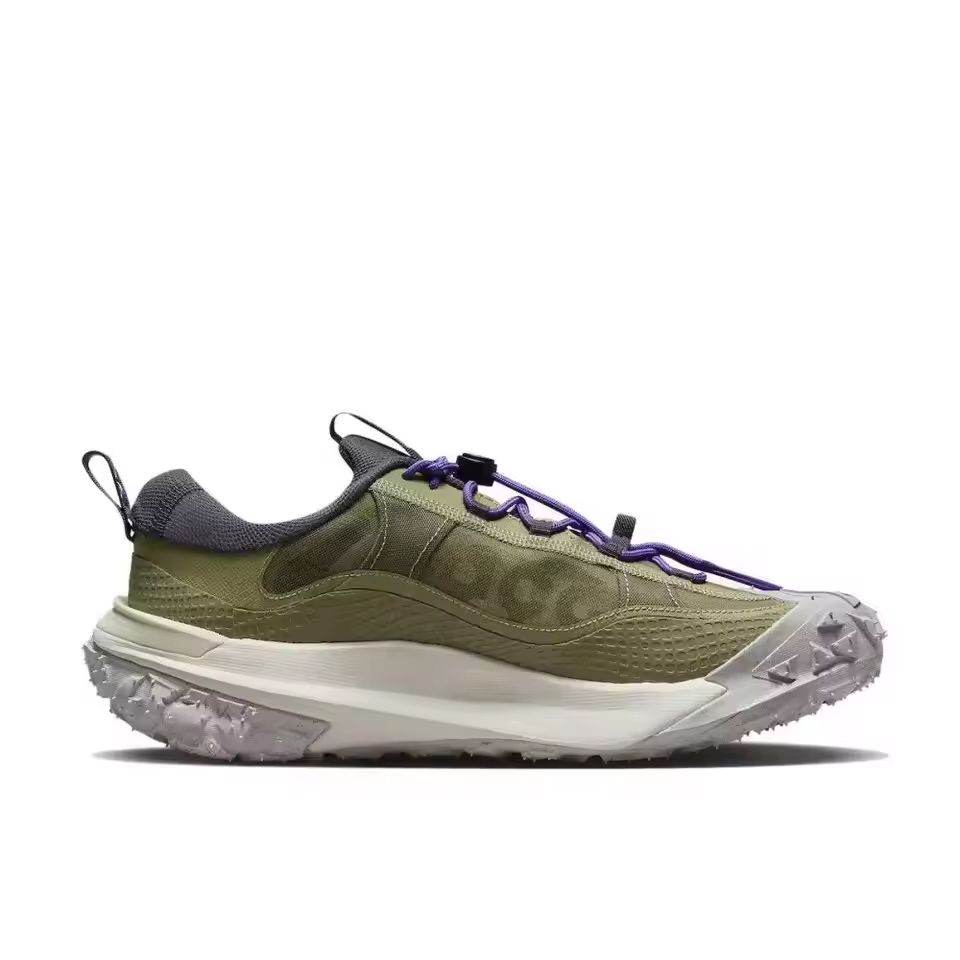
Salomon Speedcross 6 GTX excels in grip. Best suited for technical terrain, its aggressive lugs ensure control. Yet, it sacrifices breathability, and the firm midsole may not appeal to all.
Salomon XA Pro 3D v9 GTX is praised for durability. With a supportive platform and solid construction, it is optimal for stability. Its heaviness and firm cushioning may be drawbacks.
Nike Winflo 11 GTX offers affordability without compromising on quality. It provides a plush feel and excellent traction. On the downside, it’s less stable and performs poorly on dry roads.
These shoes were vetted through extensive lab tests and miles of running. Each presents distinctive benefits and limitations. Runners can choose the best fit for their needs and conditions.
Road Running Shoes Designed for Wet Conditions
For road runners, wet conditions are a daily challenge. But the right waterproof running shoes can turn a slog into a pleasure. These shoes should provide not only dryness but also the necessary support and traction on slippery streets. When searching for road-specific waterproof footwear, focus on features such as a snug fit, responsive cushioning, and most importantly, exceptional grip on wet surfaces. Lightweight construction is also a plus, helping maintain a natural running stride.
Key Considerations for Road Runners
Road runners need to consider specific aspects when choosing waterproof shoes:
- Look for a Tight Seal: Ensure a secure fit to stop water from entering.
- Demand Traction: Seek outsoles tailored for grip on slick pavement.
- Prioritize Responsiveness: Select shoes that offer a responsive ride.
- Value Lightness: Opt for lighter shoes for a less encumbered run.
- Check Durability: Pick materials that endure wet urban environments.
Waterproof running shoes for road running blend the technology to keep your feet dry with the design elements for city running. The best options will keep your runs comfortable, even when the weather is not.
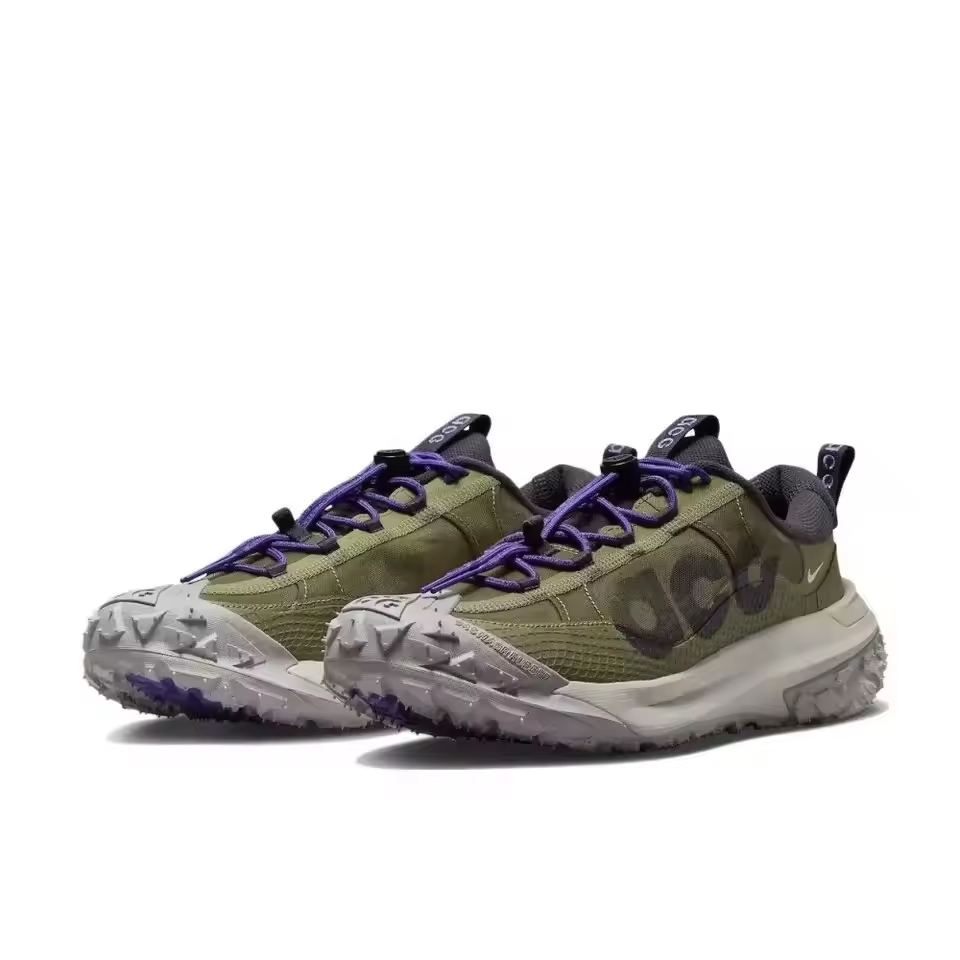
Versatile Road-to-Trail Waterproof Running Shoes
In the world of fitness and exploration, versatility is key. For runners who enjoy the unpredictability of both urban pavements and rustic trails, finding a shoe that adapts to both environments is essential. Versatile road-to-trail waterproof running shoes bridge this gap with features that cater to varied terrains.
Transitioning from Pavement to Path
Transitioning from pavement to path demands a shoe with unique qualities. A waterproof membrane must cope with various types of moisture, from rain-soaked streets to muddy trails. These shoes offer a balance between a road shoe’s smooth ride and a trail shoe’s rugged protection. Look for:
- Hybrid Outsoles: Durable with moderate lug depth for multi-terrain grip.
- Optimal Cushioning: Enough padding for hard surfaces yet firm enough for trails.
- Protective Upper: Resists debris and water while providing comfort.
- Adaptable Design: Ensures stability and support when shifting between terrains.
A true road-to-trail waterproof shoe is a master of adaptability and an essential for the versatile runner.
Waterproof Running Shoes with Supreme Cushioning
When it comes to cushioning, waterproof running shoes often face a challenge. They need to deliver comfort without compromising on their waterproof qualities. This is not an easy task, as the materials used for waterproofing can sometimes make the shoes stiffer and less breathable.
Comfort vs. Water Resistance
Finding the perfect balance between comfort and water resistance is tricky. Runners need a shoe that feels good for long runs, yet keeps feet dry. Here’s how the right shoes tackle this issue:
- Integrated Cushioning: Top models use soft foam that absorbs impact well.
- Quality Membranes: They include waterproof but flexible membranes like Gore-Tex.
- Sleek Design: They avoid bulkiness for a comfortable, more natural run.
It’s important to look for a shoe that has a substantial midsole. This allows for softer, longer-lasting comfort underfoot. Yet, the shoe must also maintain a high level of water resistance. Brands manage this by using waterproof materials that still allow for some flexibility in the sole. This way, you get the benefit of a cushioned run, while keeping your feet dry in wet weather.
The Ultimate Grip: Waterproof Running Shoes for Technical Terrain
Navigating uneven and slippery terrain calls for shoes with exceptional grip. Waterproof running shoes designed for technical terrain provide the traction needed for stability and safety.
Technologies Ensuring Secure Traction
To achieve the best grip, manufacturers use various technologies. Here are key elements that boost a shoe’s traction:
- Advanced Rubber Compounds: High-quality rubber resists wear and grips firmly to wet rocks and roots.
- Lug Patterns: Deep, multi-directional lugs latch onto the ground and shed mud as you move.
- Outsole Design: A well-designed outsole channels water away, reducing slippage.
- Specialized Rubber: Some brands use rubber blends like Vibram Megagrip for superior traction.
- Stability Features: These include firm midsoles and supportive uppers that keep feet in place.
Technical terrain shoes often have extra features for protection and grip. Their takes on traction technology enhance your control when running in nature’s unpredictable conditions. Such shoes are perfect for trail runners and adventurers.
Durable Waterproof Running Shoes for the Long Haul
When selecting waterproof running shoes, longevity is key. Durable shoes withstand diverse conditions, ranging from light rains to harsh, wet trails. Look for shoes that promise to last mile after mile, without losing their waterproof effectiveness.
Longevity in Wet Weather Conditions
To ensure shoes last, consider the following aspects:
- Quality Construction: Well-built shoes can endure repeated wetting and drying without breaking down.
- Reinforced Materials: These add strength to high-wear areas, like the outsoles and toe box.
- Superior Waterproofing: Brands like Gore-Tex offer long-lasting waterproof features that won’t give in quickly.
- Protective Details: Elements such as gusseted tongues and toe guards protect against debris and water.
- Sturdy Soles: Thick, robust soles resist abrasion and provide continued support.
Durable shoes may cost more upfront, but they often prove more economical. They avoid frequent replacements due to wear and tear. Choosing a sturdy, well-constructed shoe ensures your feet stay dry. Plus, it helps maintain performance for all the wet runs to come.
Budget-Friendly Waterproof Running Shoes
Finding the right waterproof running shoe need not break the bank. There are affordable options that offer a solid balance of waterproof qualities and performance features without the premium price tag.
Quality at an Affordable Price Point
Budget-friendly waterproof running shoes can provide the necessary protection against wet conditions. Look for models with a dependable waterproof membrane, such as Gore-Tex, and a durable outsole. These shoes might weigh slightly more or have a firmer midsole. However, they should still offer adequate comfort and grip for most wet weather runs. Brands often price these shoes lower by simplifying the design or using less premium materials. Yet, they still focus on maintaining core features like water resistance and traction. Overall, getting waterproof running shoes at an accessible price means smart shopping and understanding which features are essential for your runs.
How to Test and Recognize Waterproof Qualities
When choosing waterproof running shoes, it’s crucial to understand how to test and recognize the features that provide true water resistance. Firstly, check for the presence of a waterproof membrane like Gore-Tex in the shoe’s description. Manufacturers often highlight this, and some models include the term ‘GTX’ to indicate the inclusion of Gore-Tex technology. You can also look for visual cues on the shoe, such as labels or specific lines which denote the waterproof features.
The interior of the shoe may also give away its waterproof capabilities with visible linings of different colors indicating the additional membrane layer. Furthermore, perform a simple touch test. Compare the upper of waterproof models to non-waterproof ones: waterproof shoes usually feel denser and less breathable due to tightly woven fabrics.
Another method is the water test; place a few drops on the shoe’s surface, and observe if the water beads up and rolls off rather than soaking in. This indicates a high level of water resistance.
Finding the Balance: Water Resistance and Breathability
Waterproof running shoes often have to balance between keeping water out and allowing your feet to breathe. Waterproof shoes, while repelling moisture from the outside, may not be as breathable as non-waterproof options. They use breathable membranes, yet these may not match the breathability offered by mesh uppers.
In the lab, breathability can be tested by using a smoke machine that reveals where air escapes from the shoe. A shoe with low breathability will let out less smoke, confirming its tight seal against water and air. While this may seem like a downside, it ensures the feet stay warm and dry in wet conditions.
Also, consider the construction of tongues in the shoes. Shoes with gusseted tongues provide an additional layer of protection against water ingress.
Lastly, remember that while full waterproofing offers the best protection against moisture, it may not always be necessary depending on the conditions you typically run in. If you’re running in light rain or splashing through occasional puddles, water-resistant or repellent shoes may offer a more breathable, yet sufficiently protective alternative.
When to Avoid Waterproof Running Shoes
While waterproof running shoes offer great benefits, they’re not always necessary. In some cases, they might make your running experience less comfortable due to their lower breathability.
Alternatives for Different Weather Conditions
If you expect light rain or just a few puddles, breathable non-waterproof shoes may be better. These shoes dry quickly and keep your feet cool. For runs with occasional wet grass or drizzle, water-resistant shoes offer enough protection. They shield your feet while maintaining more breathability than waterproof shoes.
On days with heavy rain or deep puddles, waterproof shoes are best. However, if the water level is over the shoe top, even waterproof shoes can’t keep feet dry. High-cut waterproof boots or gaiters may be more effective for crossing streams or deep snow.
For hot or humid conditions, skip waterproof shoes. Choose mesh shoes for the best ventilation and quickest drying time. Knit uppers can absorb water and feel heavy, so mesh uppers are the top choice for summer.
In short, match your shoe choice to the weather. Consider the temperature and how much water you’ll encounter. This way, your run stays comfortable, no matter the conditions.
